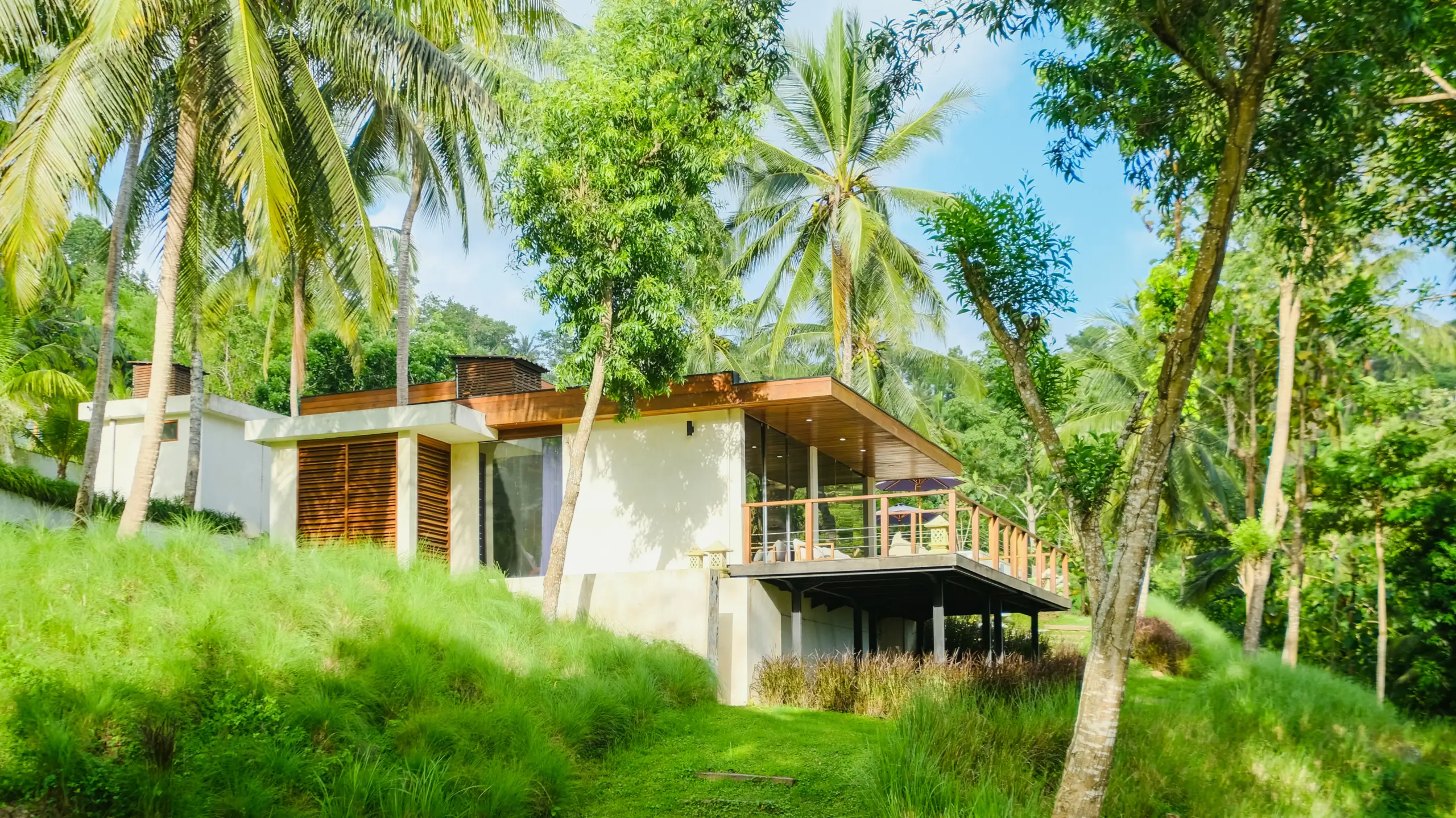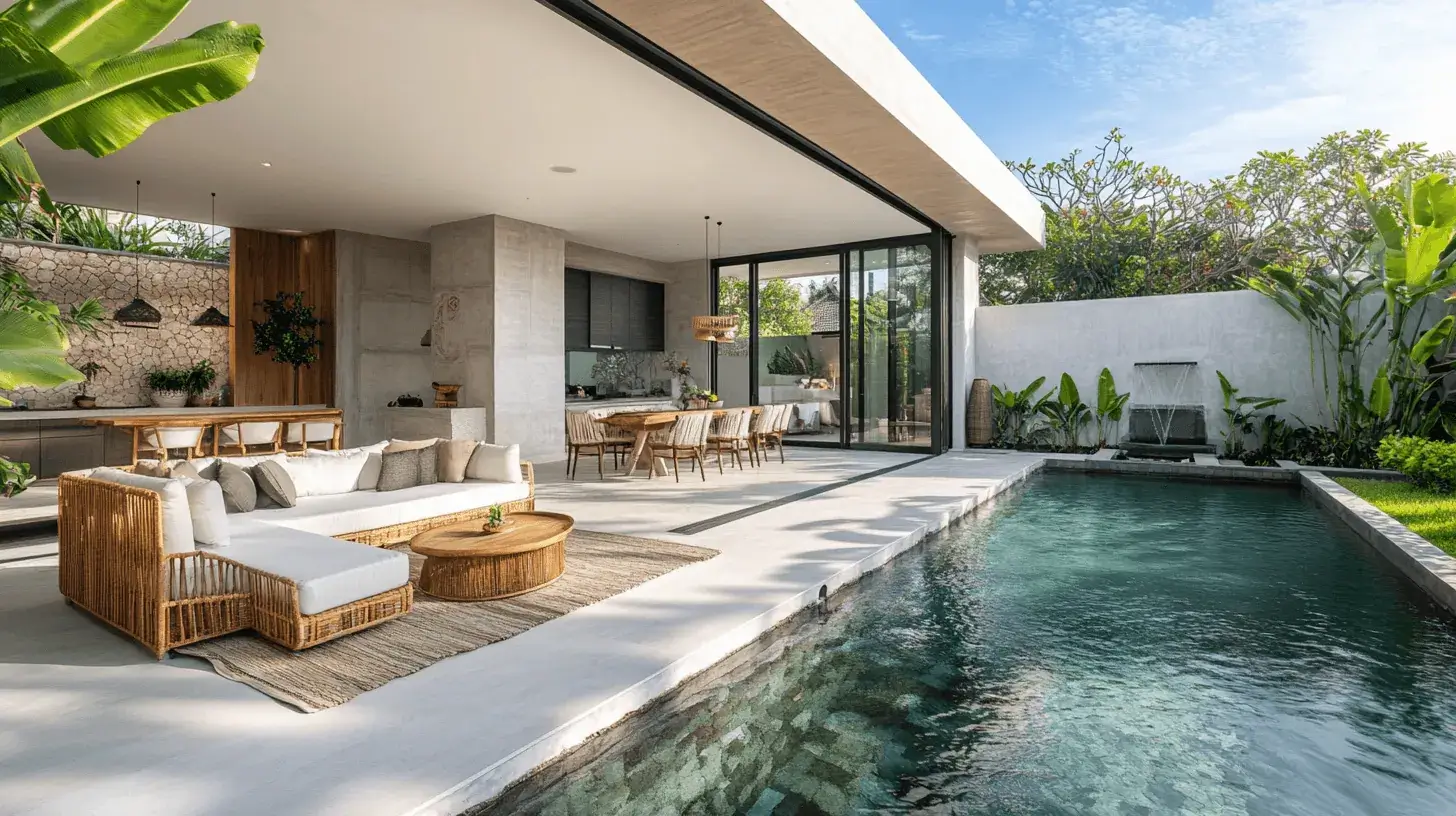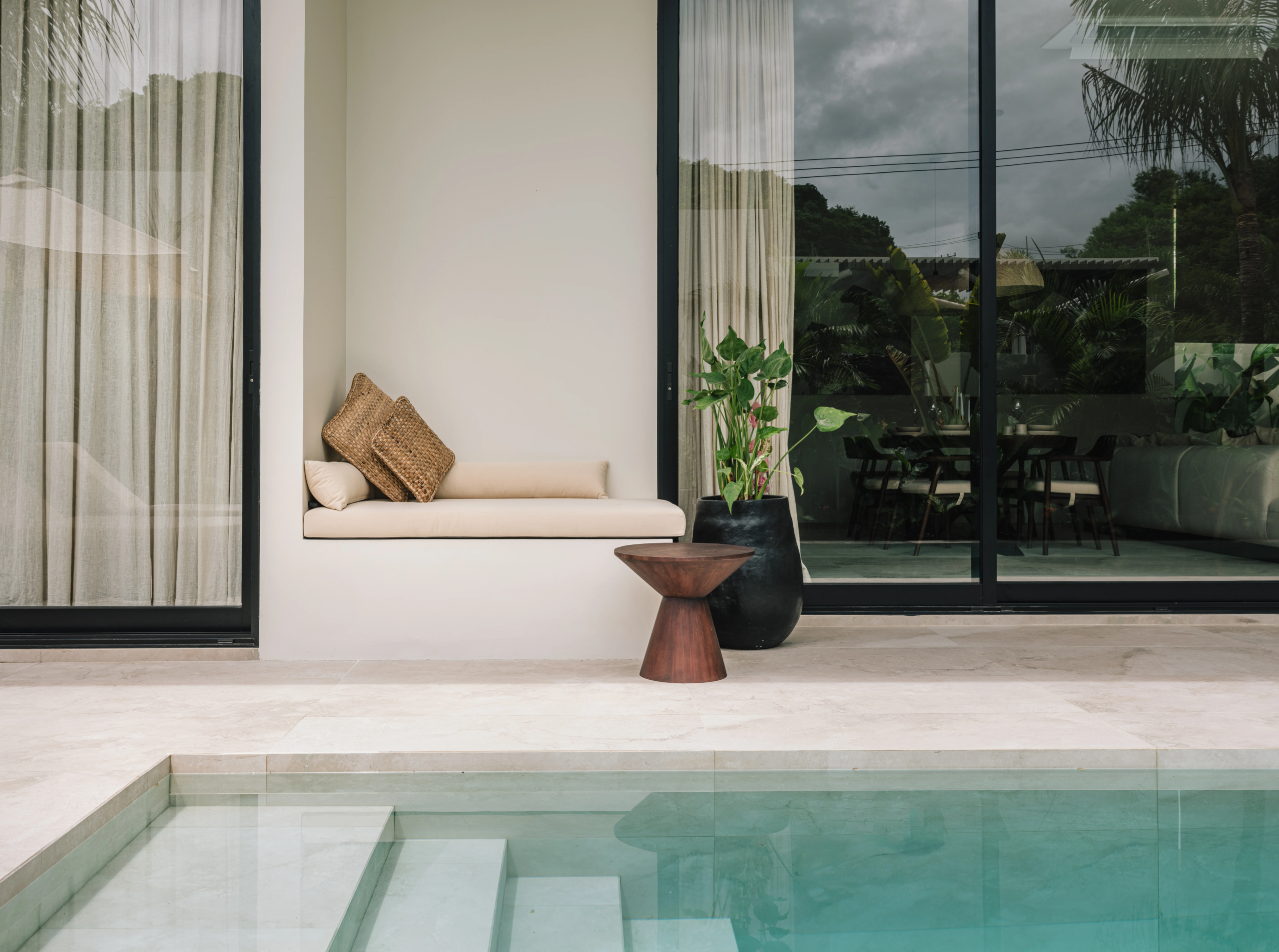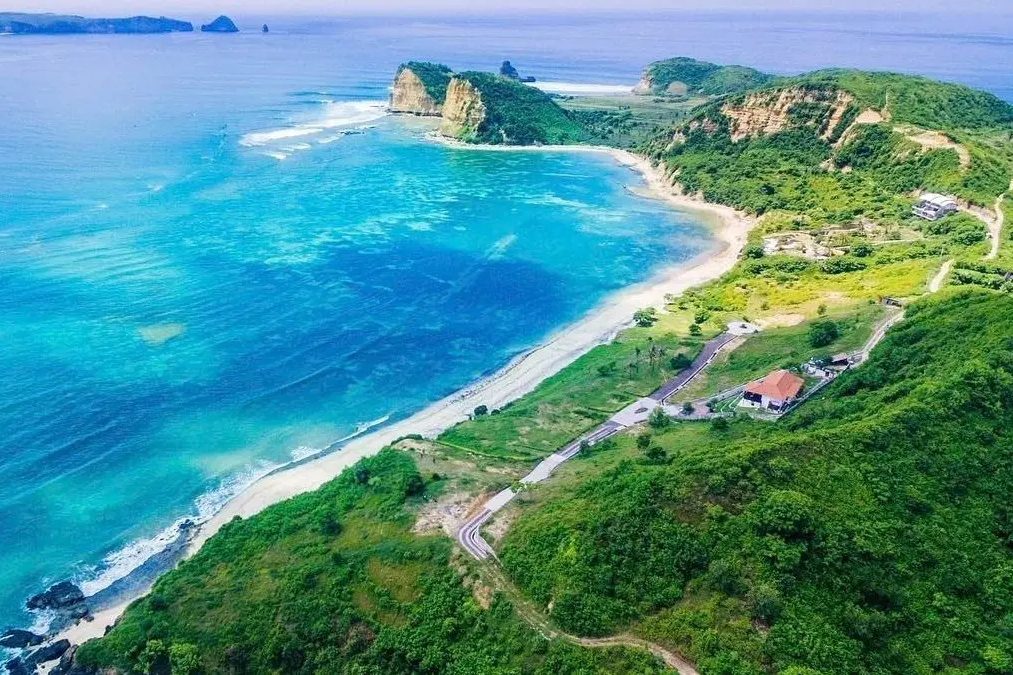Last Updated on May 20, 2024 by Yasmina
Lombok, a beautiful island in Indonesia, is gaining attention for its focus on environmentally friendly construction. The island has many sustainable development projects that use natural and recycled materials to build structures that are compatible with the environment.
This article will explore the materials and sustainable building features used in Lombok’s eco-friendly developments and provide details about their costs and benefits.
Table of Contents
What Are Eco Developments?
Eco developments are building projects designed with the environment in mind. These projects aim to use resources efficiently, reduce waste, and minimize harm to the planet. In Lombok, many new constructions follow eco-friendly principles, combining modern techniques with traditional methods to create beautiful and sustainable buildings.
Sustainable Building Materials Used in Lombok
Bamboo
Bamboo is one of the most popular materials in Lombok’s eco developments. It’s a type of grass that grows quickly and is very strong.
- Cost: $2-$5 per meter
- Features: Bamboo is lightweight yet strong, making it perfect for building. When treated, it becomes resistant to pests and can last a long time.
Recycled Wood
Recycled wood is another material commonly used in eco-friendly buildings. This involves using wood that has been salvaged from old structures or sourced from sustainable forests.
- Cost: $5-$10 per square foot
- Features: Using recycled wood helps reduce the demand for new lumber, which helps preserve forests. Recycled wood is often more affordable and comes with a rustic, unique look that adds character to buildings.
Rammed Earth
Rammed earth involves compacting a mixture of earth, clay, and gravel to form solid walls.
- Cost: $25-$40 per square meter
- Features: Rammed earth walls are very durable and provide excellent insulation. They help keep buildings cool in the hot climate and warm during cooler nights. They also have a unique, earthy appearance.
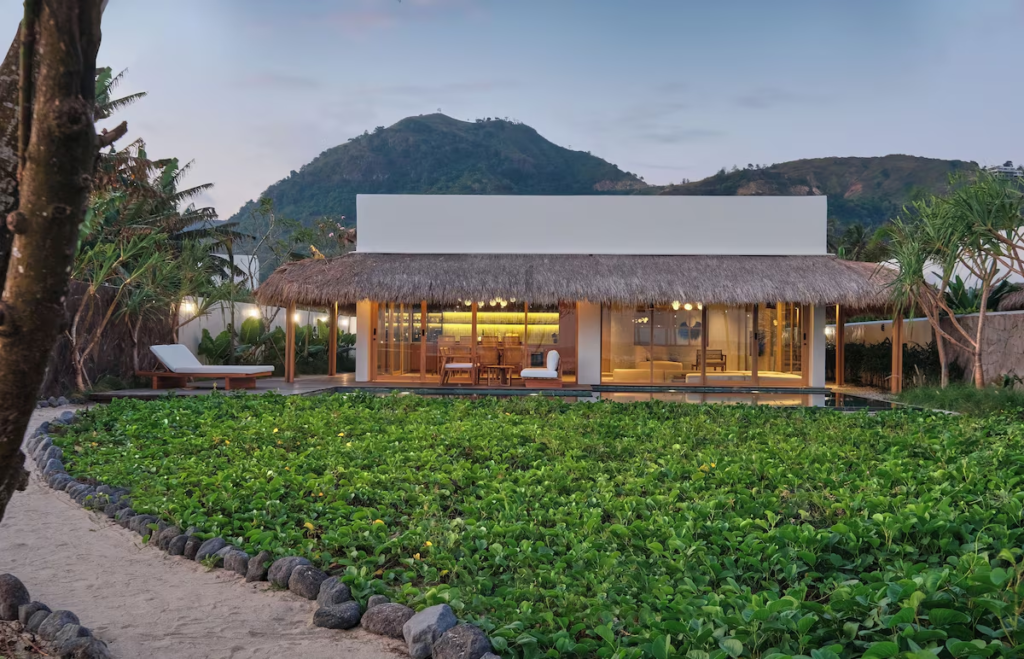
Recycled Plastic
Recycled plastic can be turned into building materials, such as blocks for walls or components for insulation.
- Cost: $10-$20 per square meter
- Features: Using recycled plastic helps reduce plastic waste. These materials are durable and weather-resistant, making them suitable for various construction needs.
Local Stone
Local stone is abundant in Lombok and used in many eco developments.
- Cost: $15-$30 per square meter
- Features: Stone is very strong and requires little maintenance. It has excellent thermal mass, meaning it helps regulate temperature by absorbing heat during the day and releasing it at night.

Sustainable Building Features
Solar Panels
Solar panels capture the sun’s energy and convert it into electricity, which is a clean and renewable power source.
- Cost: $1000-$3000 per kilowatt
- Features: Solar panels reduce the need for electricity from fossil fuels, lowering energy bills and decreasing carbon footprints. They require little maintenance and can provide power for many years.
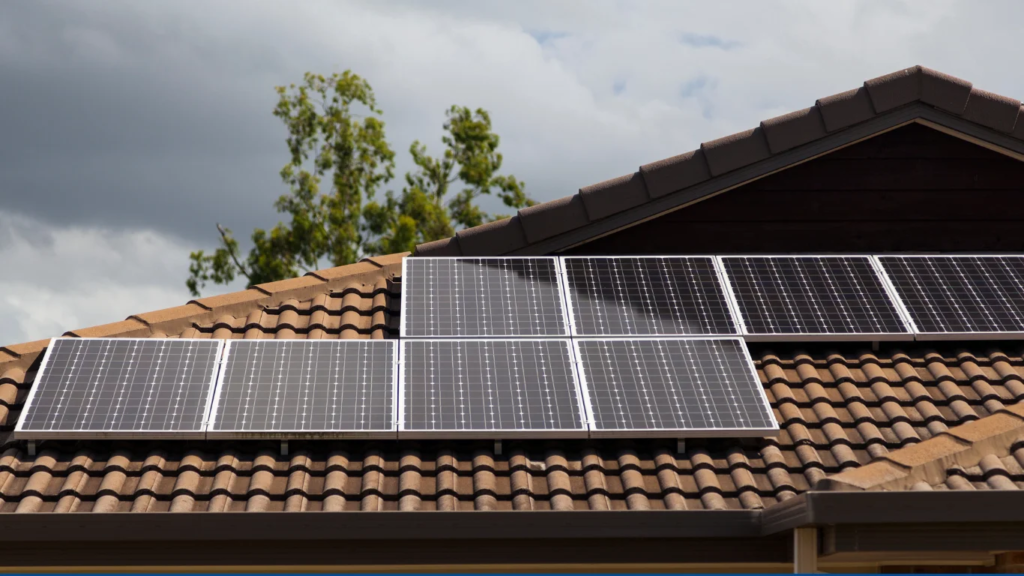
Rainwater Harvesting Systems
Rainwater harvesting systems collect and store rainwater for use in irrigation, toilets, and other non-drinking purposes.
- Cost: $500-$2000 depending on system size
- Features: These systems help conserve water. They can be as simple as a barrel under a downspout or as complex as a full underground cistern system.
Green Roofs
Green roofs are covered with plants, which help insulate buildings and reduce the urban heat island effect.
- Cost: $100-$200 per square meter
- Features: Green roofs provide insulation, reducing the need for heating and cooling. They also absorb rainwater, reducing runoff and lowering the risk of flooding. Additionally, they create habitats for wildlife and improve air quality.
Natural Ventilation
Buildings designed with natural ventilation use strategic placement of windows, doors, and vents to maximize airflow, reducing the need for air conditioning.
- Cost: Varies by design
- Features: Natural ventilation improves indoor air quality and reduces energy costs. It’s especially effective in tropical climates like Lombok’s, where breezes can be harnessed to cool interiors naturally.
Composting Toilets
Composting toilets turn human waste into compost, which can be used to enrich soil.
- Cost: $1000-$4000
- Features: Composting toilets use little to no water, reducing water consumption. They also produce compost, which can be used in gardening and landscaping, promoting a closed-loop system.
Examples of Eco Developments in Lombok
The Mandalika Project
The Mandalika Project is a large-scale development aimed at promoting sustainable tourism in Lombok. It features hotels, villas, and recreational facilities built with eco-friendly materials and practices.
- Features: The project uses solar power, green roofs, and local materials like bamboo and stone. It also incorporates rainwater harvesting and natural ventilation systems to minimize environmental impact.
- Cost: Estimated at $3 billion for the entire project.
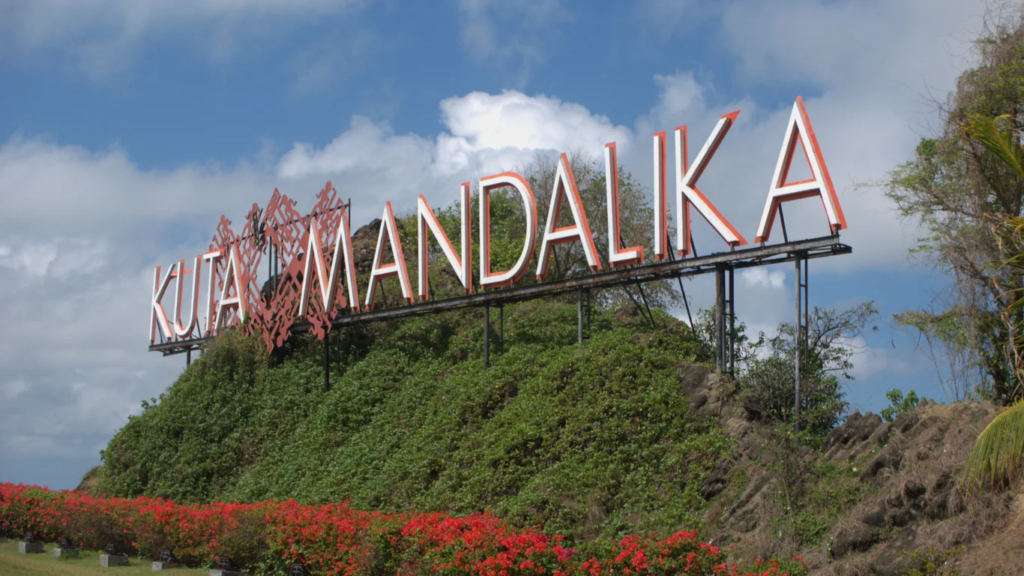
Sustainable Villas in Kuta
In Kuta, several villas are being built with sustainability in mind. These luxury accommodations use a variety of eco-friendly materials and technologies.
- Features: These villas feature bamboo and recycled wood construction, solar panels for energy, and rainwater harvesting systems. They also use natural ventilation and composting toilets to further reduce their environmental footprint.
- Cost: Starting from $150,000.
Benefits of Eco Development
Environmental Impact
Eco developments significantly reduce environmental impact by using sustainable materials and renewable energy sources. This helps preserve natural resources and reduces pollution.
Economic Advantages
While the initial cost of eco developments can be higher, they offer long-term savings. Energy-efficient buildings lower utility bills, and sustainable materials often require less maintenance and have longer lifespans.
Health and Wellbeing
Eco-friendly buildings improve indoor air quality and provide a healthier living environment. Natural materials and good ventilation reduce exposure to toxins and allergens, promoting better health for occupants.
FAQs
What is the main advantage of using bamboo in construction?
Bamboo is a sustainable, fast-growing material that is both strong and flexible, making it ideal for eco-friendly construction.
How do solar panels benefit eco developments?
Solar panels provide a renewable energy source, reducing reliance on fossil fuels and lowering electricity costs.
What are the cost benefits of rainwater harvesting systems?
Rainwater harvesting systems reduce water bills and conserve water, providing a sustainable solution for water management.
Why are green roofs important in eco developments?
Green roofs provide insulation, reduce stormwater runoff, and enhance the aesthetic appeal of buildings.
What makes rammed earth a good building material?
Rammed earth offers excellent thermal mass, is fire-resistant, and provides soundproofing, making it a durable and eco-friendly option.
How do composting toilets contribute to sustainability?
Composting toilets reduce water usage and environmental impact by converting waste into compost.
Conclusion
With its eco developments, Lombok is setting a strong example in sustainable construction. By using natural and recycled materials and incorporating features like solar panels and rainwater harvesting, these projects are helping to protect the environment while providing economic and health benefits. Lombok’s commitment to eco-friendly building practices is paving the way for a greener, more sustainable future.
About Nour Estates
We started Nour Estates with a simple idea: to make finding your dream land in Lombok as easy and enjoyable as a day at the beach. Our team is a mix of local folks and people from around the world who fell in love with Lombok just like you. We’ve been in your shoes, faced the challenges of buying land here, and learned all the ins and outs. Now, we’re here to share that knowledge with you.
We are here to find you the perfect land to invest in. Contact us today, and let’s start this exciting journey together!
